I'm developing Azure Functions using Visual Studio 2019 in .NET Core 3.1. I have to implement Azure AD authentication for these functions. I'm aware of how to use AD authentication in an ASP.NET Core 3.1 web app. But as there is no startup class provided by default in an Azure Function, how to implement the same logic?
I'm using this code in an ASP.NET Core 3.1 web app:
public void ConfigureServices(IServiceCollection services)
{
services.AddAuthentication(JwtBearerDefaults.AuthenticationScheme)
.AddMicrosoftIdentityWebApi(Configuration, "AzureAd");
}
public void Configure(IApplicationBuilder app, IWebHostEnvironment env)
{
app.UseAuthentication();
app.UseAuthorization();
}
and adding [Authorize] tags in controller methods. But, I'm not able to figure out how to implement the same in an Azure Function. Here, I've currently set the authorization level as Anonymous like below
public async Task<IActionResult> Run(
[HttpTrigger(AuthorizationLevel.Anonymous, "get", Route = null)] HttpRequest req, ILogger log)
{
}
How to implement the Azure AD authentication here?
----UPDATE---- After adding the configurations suggested by Tiny-wa, still not able to figure out why is the Api responding with a 401 when I send a bearer token with it
